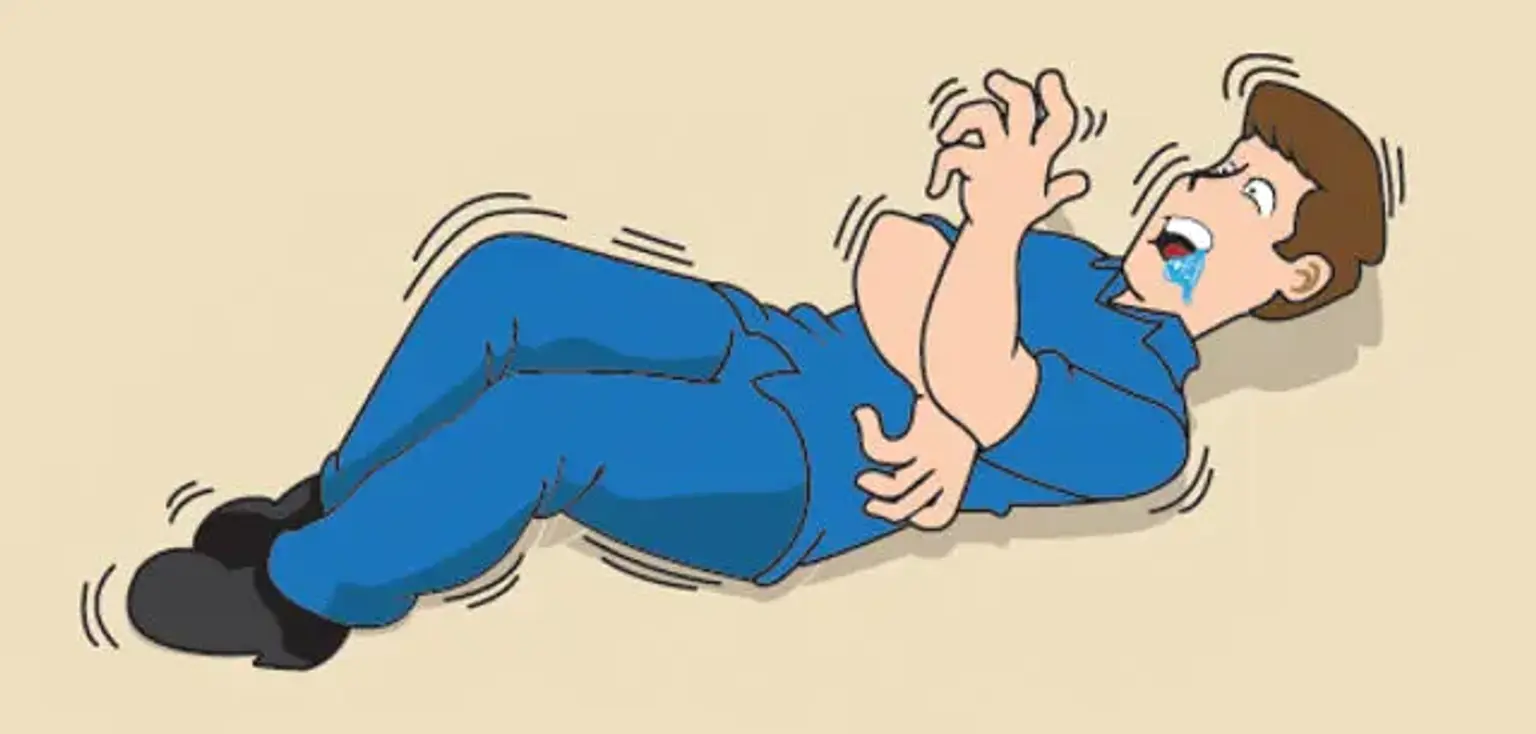No wonder that the brain is one fascinating organ. It controls every tiny order and function in our bodies.
You might be surprised, but your brain contains billions of nerve cells arranged in specific patterns. Those nerve cells are responsible for the coordination of thought, behaviour, emotions, movements and sensations.
For the brain to send orders and receive messages from the rest of the body, there is a complicated network and system of nerves that connect the brain to the rest of the body so that communications occur in a split of a second.
If you want to know how fast and amazing your brain is, think about how fast you pull your hand back from a hot object.
It happens in less than a second.
